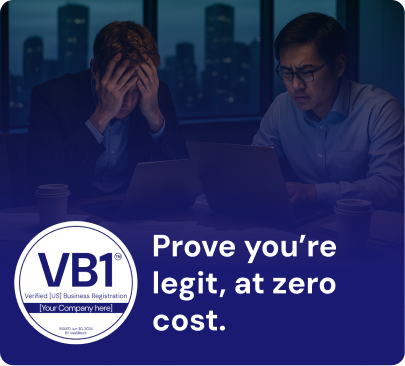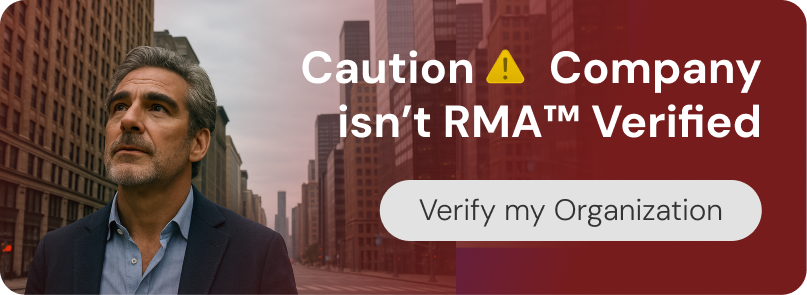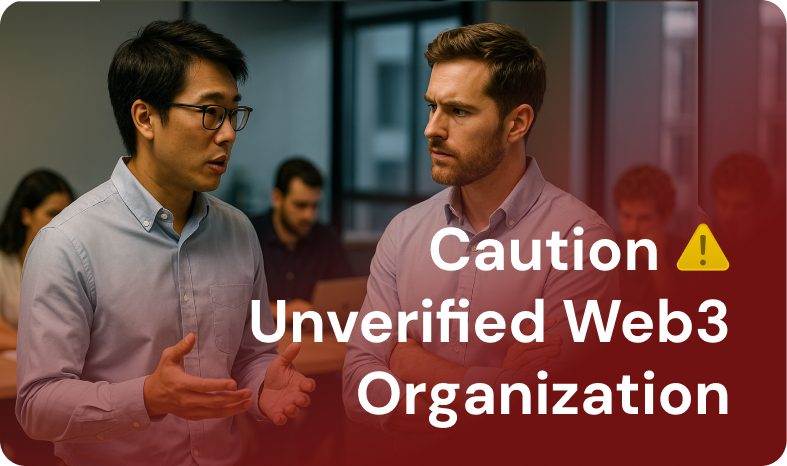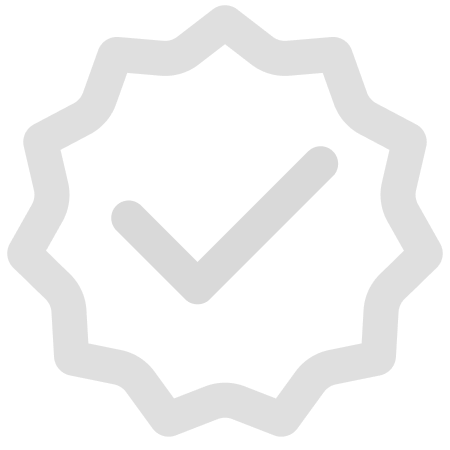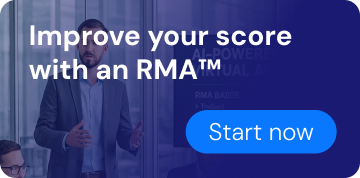
Loopring
Risk Management
?Risk Management
The RMA™ is a blockchain credibility certification assessing governance, transparency, security, and results, providing trusted verification for businesses in Web3.
VaaSBlock has not audited this project and cannot vouch for this organization.
RMA™ Status: ❌ Unverified
Verification of 6 major compliance criteria.
Technology
?Technology
A collection of public facing information, data collected through partners and our own tools view we present a projects technology in one place for easy verification.
Analysis and testing of tech infrastructures.
Marketing
Alpha?Marketing
Top level look at a projects marketing capablities currently in alpha this section will grow to show quickly how a project promotes itself and the effectiveness.
Screening of user base and community feedback.
Background
?Background
Using multiple public facing sources across the web view a summary of a projects purpose, key achievements and general overview.
Collection of basic administrative documentation.
Risk Management
Last Updated
2025/4/16
Transparency
Transparency Score
Algorithmic assessment of a project’s transparency level, using multiple public data points to measure its commitment to compliance, documentation, and clarity in communication.
Transparency Score
Category Rank
A ranking that positions the organization among its industry peers, evaluating its relative performance based on key compliance, credibility, and transparency indicators.
Category Rank
Loopring vs Payment
VaaSBlock Rank
A global ranking that compares the organization against all entities listed on VaaSBlock, reflecting its overall credibility, transparency, and operational performance versus the full Web3 ecosystem.
VaaSBlock Rank
Loopring vs All Listed Organizations
Transparency
Transparency Score
Transparency Score
Algorithmic assessment of a project’s transparency level, using multiple public data points to measure its commitment to compliance, documentation, and clarity in communication.
Category Rank
Loopring vs Payment
Category Rank
A ranking that positions the organization among its industry peers, evaluating its relative performance based on key compliance, credibility, and transparency indicators.
VaaSBlock Rank
Loopring vs All Listed Organizations
VaaSBlock Rank
A global ranking that compares the organization against all entities listed on VaaSBlock, reflecting its overall credibility, transparency, and operational performance versus the full Web3 ecosystem.
RMA™
✘ UnverifiedCorporate Governance
The verification of fundamental governance, organizational structure, including verifying the entity’s legal registration and adherence to local laws and regulations.
Corporate
Governance

Team Proficency
Evaluation of an organization’s personnel, ensuring that crucial team members possess the expertise and dedication necessary to execute current business models and scale effectively.
Team
Proficiency

Technology & Security
Assessment of the organization’s technological framework, including blockchain integrations (where relevant), system architecture, and overall IT infrastructure.
Technology
& Security

Revenue Model
Comprehensively evaluation of a company’s income-generating strategies (how do they make or intend to make money), ensuring financial robustness and sustainability.
Revenue
Model

Results Delivered
The Results Delivered component of the RMA™ audit comprehensively evaluates an organization’s ability to achieve its goals and honor its commitments.
Results
Delivered

Planning & Transparency
The Planning and Transparency component of the RMA™ audit offers a thorough assessment of how an organization manages its workflow and prepares for unexpected challenges.
Planning &
Transparency

Technology
Marketing
Marketing Effectiveness
This score assesses the impact of detected marketing activity and the corresponding price movement of a token. The score understands whole market movements to ensure tokens are assessed fairly against peers.
Marketing Effectiveness
Confidence Index
This index determines our confidence in the score we have given. Generally, as more data is collected, the confidence index will increase. If a project has lots of activity, this confidence is earned faster.
Confidence Index
VaaSBlock Rank
This identifies where a project sits compared to all projects accessed for Marketing Effectiveness.
VaaSBlock Rank
Loopring vs All Listed Organizations
Marketing Effectiveness
Marketing Effectiveness
This score assesses the impact of detected marketing activity and the corresponding price movement of a token. The score understands whole market movements to ensure tokens are assessed fairly against peers.
Confidence Index
Confidence Index
This index determines our confidence in the score we have given. Generally, as more data is collected, the confidence index will increase. If a project has lots of activity, this confidence is earned faster.
VaaSBlock Rank
Loopring vs All Listed Organizations
VaaSBlock Rank
This identifies where a project sits compared to all projects accessed for Marketing Effectiveness.
No Chain No Gain™ Podcast ⛉
This Organization is yet to join the No Chain No Gain™ Podcast and share insights on what makes their business trustable and innovative.
💡 NCNG generated over 1 Million impressions in its first six months of existence.
PR Impact
PR Impact
VaaSBlock provides estimations to the impact that traditional digital media can have on a project. This is an early release; more areas of PR are planned in future versions.
Search Terms ? Search TermsThese are the terms we discovered the article for on page one of Google. | Est. Traffic ? Estimated TrafficWe estimate how much traffic an article will get. Generally, our estimations are slightly higher than those of more established tools. We are working on the algorithm all the time, and results could change. | Est. Value ? Estimated ValueBased on the estimated traffic we generate an estimation for what this traffic would have cost to generate if you tried to target these users with ads. The positions for the article on google and the location of the traffic are the major factors in this estimation. | |||
|---|---|---|---|---|---|
Loopring source: Coinbase | Loopring… — Loopring source: Coinbase | Organic | coinbase.com | ||
Loopring source: Coinbase | Loopring… — Loopring source: Coinbase | Organic | l2beat.com | ||
Loopring Protocol source: github.com | Loopring Protocol… — Loopring Protocol source: github.com | Organic | github.com | ||
Loopring source: Coinbase | Loopring… — Loopring source: Coinbase | Organic | coinbase.com |
| Est. Traffic | Est. Value | ||
|---|---|---|---|
Loopring… — | |||
Loopring… — | |||
Loopring Protocol… — | |||
Loopring… — |
Ratings
AlphaOverall
Aggregated Rating
The combined score with AI-driven weighted analysis to provide the best possible project rating.
1710 verifications
Confidence Index
This index determines our confidence in the score we have given. Generally, as more data is collected, the confidence index will increase. If a project has lots of activity, this confidence is earned faster.
Low
1710 verifications
External Reviews
Background
Organization Name – Loopring
Category – 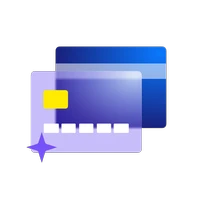 Payment
Payment
About
powered by irmaAI
irmaAILoopring is a high‑performance Ethereum layer‑2 trading and payment protocol engineered to enable secure, non‑custodial decentralized exchange functionality at dramatically lower cost and much h…igher throughput than Ethereum mainnet. Founded in 2017 by Daniel Wang (with Jay Zhou), the project launched via an ICO in August 2017, raising around $36 million initially and ultimately over $80 million in funding rounds across 2017–2019.
At its core Loopring uses zk‑Rollup technology to aggregate hundreds or thousands of user transactions off‑chain and periodically submit compressed proofs to Ethereum, reducing gas fees by up to an order of magnitude while preserving Ethereum‑level security
The protocol supports both order‑book and AMM‑style trading and allows ring‑matching of orders to boost liquidity and allow multi‑party trade rings rather than simple pairwise matches.
Trades are routed through relayers and ring‑miners which gather orders off‑chain and submit batched proofs for settlement on‑chain; the smart contracts validate and execute these atomic trades while enabling users to withdraw assets even if relayers go offline.
Loopring also powers a user‑facing DEX and the Loopring Wallet app, which offers zero‑gas minting, NFT handling, trading, and payments via the same L2 infrastructure.
At peak performance, Loopring can handle up to ~200 trades per second (or claims even higher peak throughput of hundreds to over two thousand TPS) while delivering cost per action in the cents or sub‑cent range.
Users retain custody of their assets at all times, eliminating counterparty risk from centralized custodial exchanges. Loopring’s architecture ensures funds remain in user control; even if relayers fail, users can reclaim assets via Merkle proof on Ethereum.
Its protocol is blockchain‑agnostic and deployable on any smart‑contract‑capable chain, though its principal deployment is on Ethereum.
The native token LRC was used for fee payments, staking, governance, and liquidity mining incentives, and governance integrated via token‑based votes for parameters like fees or exchange policies.
Loopring’s roadmap included upgrades through versions 1.0, 1.5, and major v3.0 which launched on Ethereum mainnet around August 2019, targeting throughput above 1000 TPS and better settlement and fee mechanics.
Throughout 2025, Loopring continued to deploy enhancements including launching Loopring DeFi features on the Base network, Portal UI/UX updates, leveraged trade tools, block trade modules, and yield products—though community sentiment has grown critical about lack of marketing and strategic clarity.
Some users express frustration over leadership changes (Daniel Wang left operationally in 2022), wallet deprecation, and unclear product direction, even as others remain hopeful that future partnerships or feature rollouts could revive momentum.
Despite criticism, Loopring remains among the earliest and most mature zk‑Rollup protocols. It powers a non‑custodial, scalable DEX and payment layer that bridges centralized‑style trading speed with decentralized control, facilitating low‑cost, fast, secure asset exchange and payments directly from user wallets. Its combination of ring‑order matching, zk‑Proof settlement, AMM/order‑book hybrid trading, and wallet integration has influenced how DeFi scaling and exchange design evolve. Read More
Creation Date
December 2025
Headquarters
Shanghai, China
Organization Maturity Level
Growing Business
RMA™ Type
–
Notable Achievements
2017
ICO launched
2018
V1 documentation published
2019
V3 mainnet deployment
- vaasblock.com /
- Payment /
- Loopring
